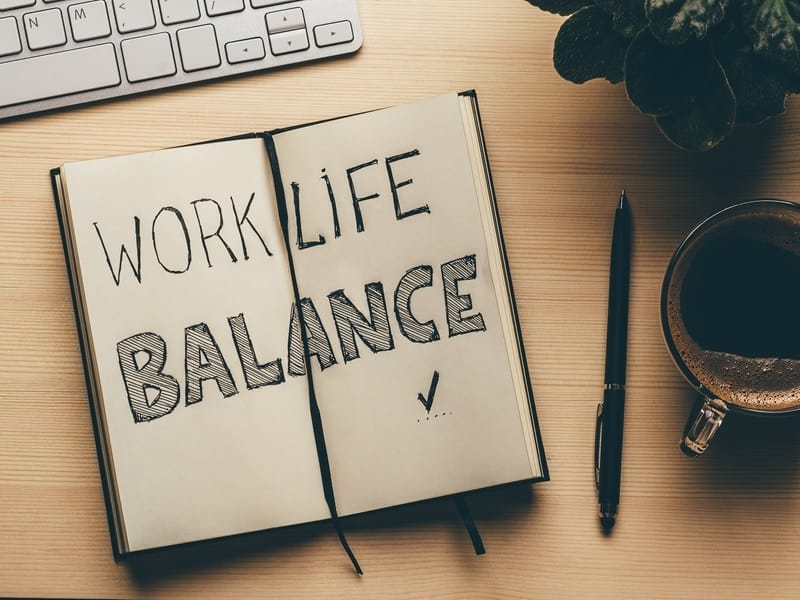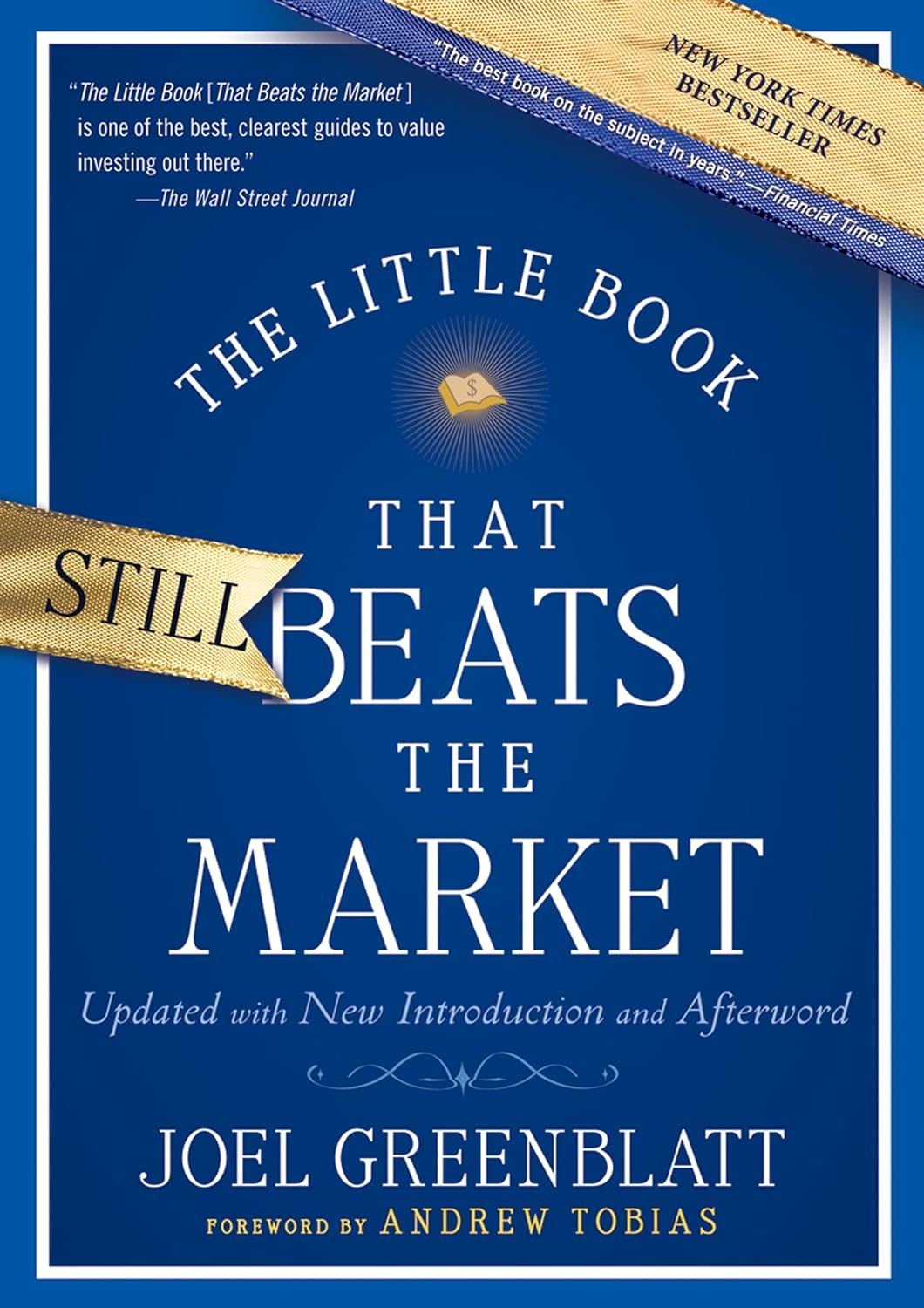- The Wealth Expedition
- Posts
- Keynes' Prediction For Today
Keynes' Prediction For Today
Are we living in the world of work-life balance that Keynes foresaw?


Our weekly newsletter features the following sections:
First time reading? Subscribe for weekly content here.
Question for you: What are your current feelings about your day job? If you had the financial capacity, would you choose to do something else? What and why?
I’d love to hear from you and include a few thoughts in a future newsletter!

NEWS
What Happened This Week
Annual US inflation has fallen to 2.5%, as measured by last quarter’s headline Personal Consumption Expenditures (PCE) index.
From August to September, consumer confidence experienced a drop, due to fears of higher unemployment and reaccelerated inflation.
Overall investor sentiment (expectations of positive markets vs negative markets in the near term) shows positive outlook, as measured by the AAII Investor Sentiment Survey and Fear and Greed Index.
Average 30-year mortgage rates dropped to just over 6%, the lowest in two years.
“Over the last 75 years, the final three months of the year have resulted in negative returns only eight times when momentum was strong during the first three quarters,” observed Adam Turnquist, chief technical strategist for LPL Financial.
Stock markets have continued to rise despite the uncertainty surrounding US elections.
How I See It
It’s actually quite common to see stock markets experience a boost in the second half of a Presidential election year.
Why?
Because regardless of who wins, extreme negative emotions start to dissipate as the election gets closer and then passes into history. Voters start to realize that it’s not the end of the world, after all.
Investor sentiment appears to be optimistic, but not unreasonably optimistic. Optimism can continue for years before a bear market is encountered.
While volatility is normal, and there are no guarantees when it comes to markets, there is plenty to suggest that this two-year bull market still has room to run over the next twelve months.

PARADIGM SHIFT
Keynes’ Prediction for Today
The famous economist John Maynard Keynes believed that in about 100 years from 1930, humankind would face a new world in which we have so much financial independence that we have to choose new ways to create value for the sake of value itself (and not for money).
He believed we would continue choosing to work about three hours a day, simply because we love what we do.
This is shockingly similar to the idea of the four-hour work week, made popular by author Tim Ferriss. Do you believe that kind of lifestyle is possible? It is likely far closer than you imagine!
Technological efficiency, access to information, capital markets, and effective systems of government have contributed to a world where nearly anything is possible for those who have the knowledge and the passion to pursue their dreams.
While Keynes vision of the future may not have played out fully, I believe that anyone who wishes to have financial independence can have it within a relatively short period of time.
All they need are knowledge tools that can set them free into a life where they spend time doing the things meaningful to them, rather than slaving away at a job that drains their morale and energy.


FINANCIAL TOOL
Sharpe Ratio
This equation attempts to measure risk-adjusted performance for an investment.
Basically, how many units of return have been achieved for each unit of risk?
It’s like saying, “How much did this return cost me?” It’s a reasonable question to ask!
After all, we don’t want to pay with any more risk than absolutely necessary for the returns we’re seeking!
Here’s the technical definition:
Sharpe Ratio =
Return of the asset – (Risk-free rate)
Standard deviation of the asset’s return
Is it a perfect measurement? No.
Weaknesses in this method of risk-reward comparison include:
Standard deviation measures movement on both the up and downside of price return. That means it includes good risk (when price goes up) along with downside risk.
Standard deviation is not the only way to measure risk; it’s just a popular way because it can be easily measured.
This only measures past numbers which are not predictors of what they will be in the future.
Despite its weaknesses, it is a fast way to get a snapshot of how one investment compares with another in historical returns per unit of risk taken.

HERE’S HOW I CAN HELP
FUTURE RESOURCES ARE IN THE WORKS!
You will have access to in-depth digital courses in the very near future. These will cover everything from strategic budgeting to advanced investment strategies.
Basically, you will learn step-by-step how to practically apply financial strategies in a comprehensive way that will allow you to transform your life far before typical retirement age.
In the meantime, check out this short and easy-to-read book if you’re interested in learning more about one type of strategy called value investing.
The Little Book That Still Beats the Market by Joel Greenblatt

This post contains affiliate links, which means I may earn a commission if you make a purchase through these links at no additional cost to you. Thank you for your support!

I’d love to hear from you. Let me know what you’d like to see in upcoming newsletters, articles or a digital course at Contact Us - The Wealth Expedition.